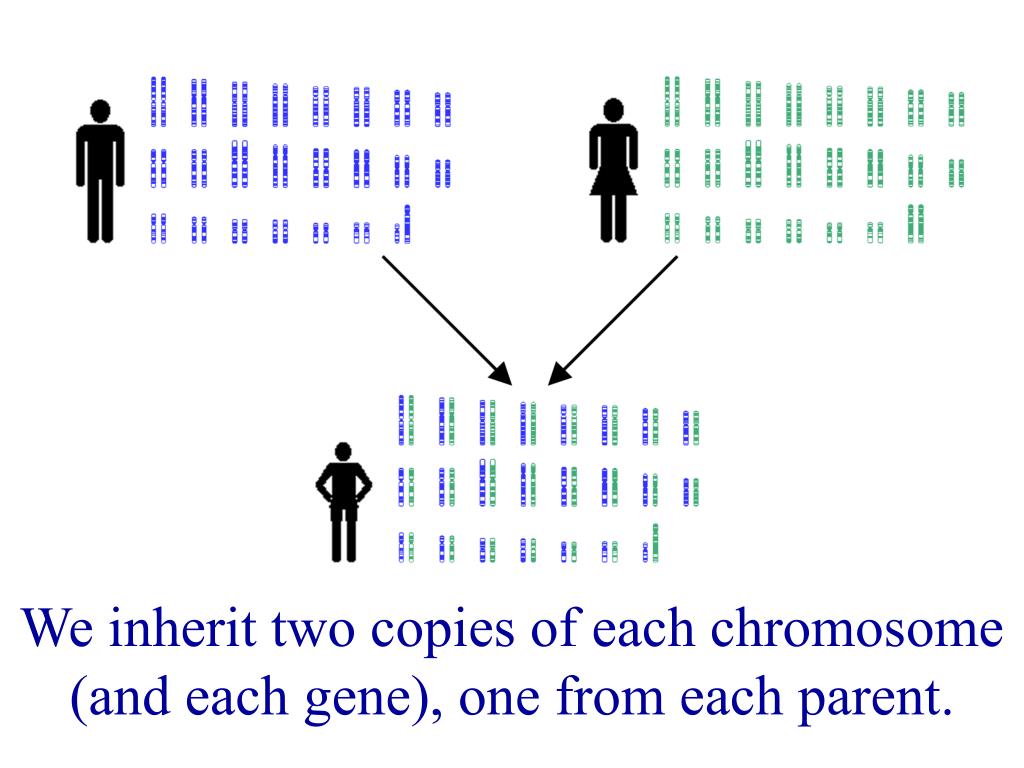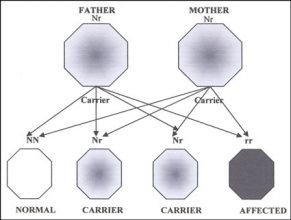
A gene for Usher syndrome type II (USH2) has been localised to chromosome 1q32-q41. When both parents are carriers of a fault on the same Usher syndrome gene, each child has a 1 in 4 (25%) chance of having Usher syndrome, a 1 in 2 (50%) chance of being a carrier of Usher syndrome (like the parents) and a 1 in 4 (25%) chance of being neither affected by Usher syndrome nor a carrier of Usher syndrome. Usher syndrome is an autosomal recessive disorder characterised by Retinitis Pigmentosa National Eye Institute and congenital sensorineural hearing loss.By middle age, most affected individuals are profoundly deaf. Carriers of Usher syndrome also have one functioning copy of the Usher syndrome gene, and therefore are healthy (and do not have Usher syndrome). Usher syndrome is a clinically and genetically heterogeneous autosomal recessive disorder. For a couple to have a child with Usher syndrome, the mother and father must both be ‘carriers’ of a fault on the same Usher syndrome gene.Usher syndrome occurs when a child inherits two faulty copies of an Usher syndrome gene, one from each parent. This is called autosomal recessive inheritance.Mutations in at least ten different genes are known to cause Usher syndrome, although in each family, only one of the Usher syndrome genes is involved.These 46 chromosomes are located in every cell in the human body and contain the approximately 20,000 genes which act as blueprints for how our bodies grow, develop and function. Changes to MYO7A, causing type 1, and changes to USH2A, causing type 2, are the most common causes of Usher syndrome.

Each person receives 23 chromosomes from each parent: 22 being non-sex (autosome) chromosomes and one sex chromosome to give a total of 46 chromosomes.Basic inheritance genetics tells us that:


Usher syndrome is a genetic disorder and is inherited in an ‘autosomal recessive’ manner.


 0 kommentar(er)
0 kommentar(er)
